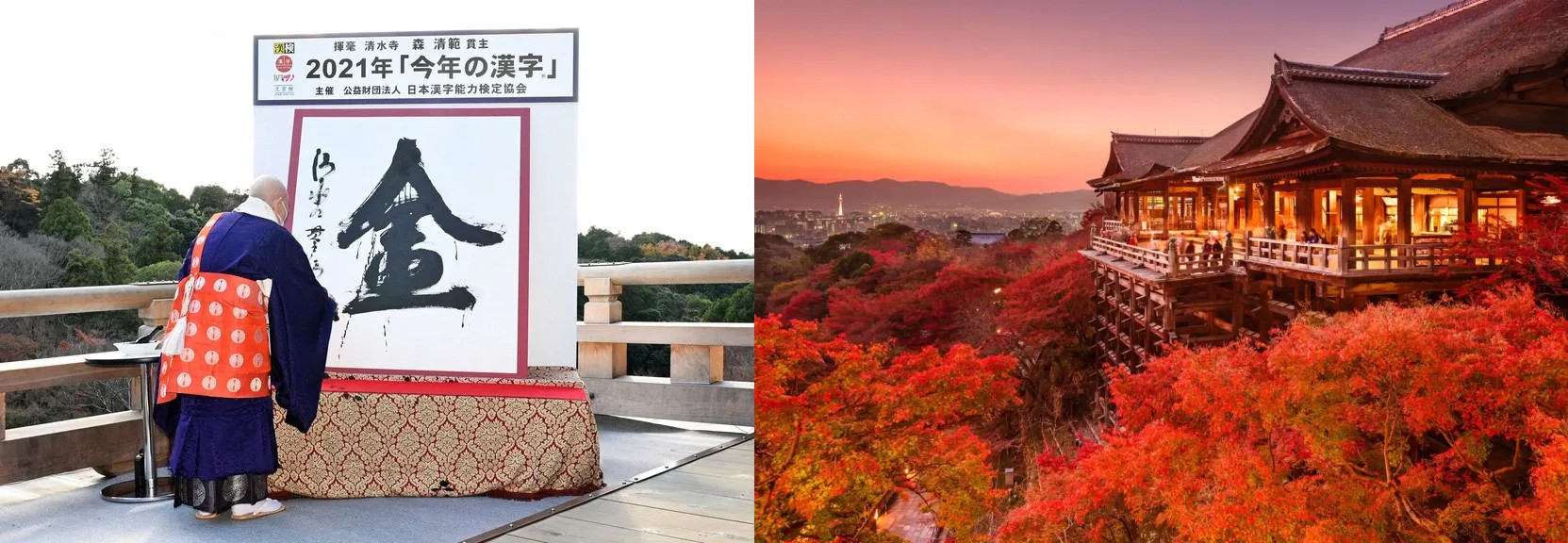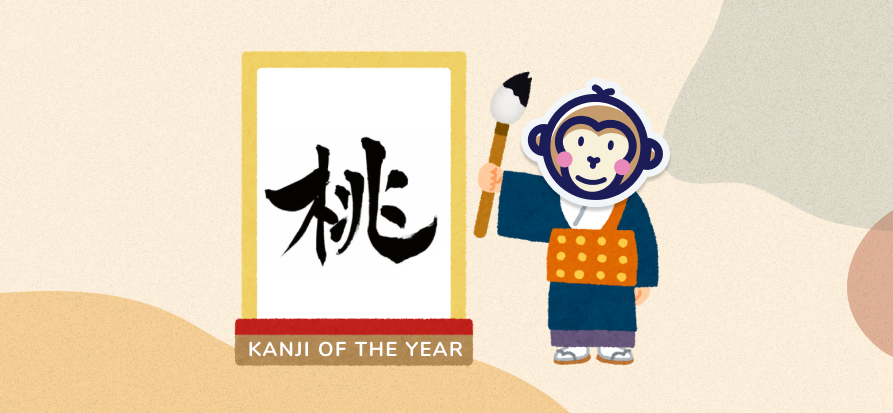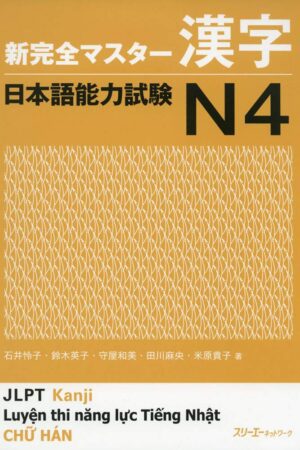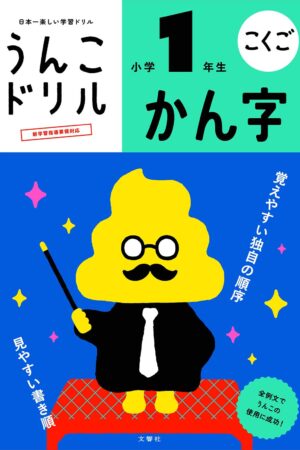Every year the Public Utility Foundation, Kanji Aptitude Test Association (公益財団法人日本漢字能力検定協会) chooses the kanji of the year. Originally, this foundation organizes kanji aptitude tests. But they also take care of the preparation and implementation of the kanji of the year.
For this reason, since 1995 - the first year to receive the "kotoshi no kanji" - every year in November the foundation polls the Japanese people. The kanji of the year is meant to describe the atmosphere and the highlight of the year.
The kanji announcement ceremony takes place at Kiyomizu-dera temple in Kyoto. It is one of the most famous and resplendent temples in Japan.
Every year, the superior of Kiyomizudera Temple, Mori Seihan, climbs onto the temple's huge wooden platform to calligraph the character. It is a sheet of "washi" paper (和紙, Japanese paper) that will host the calligraphy of "Kanju" (貫主, abbot of the temple).

The latest kanji
As the year 2021 draws to a close, the people have decided: 金 ("kin") is the kanji of the year. Already used many times, below are the reasons for this choice:
- the record number of gold medals for Japanese athletes at the 2021 Olympics
- government subsidies to businesses and households as a result of the pandemic
- the new bills and coins of 500¥ (see an article about here)
The Japanese seem to be generally satisfied with this year. The archipelago is managing well the crisis that darkened 2020, and is getting out without too much damage compared to some other countries.
Kanji in the last decade
The kanji of the year is 密 "mitsu", which means. narrow. 2020 is stopped by the unexpected event well known to all, this global pandemic that restricts all our national and international travel. This situation has also introduced us to confined and quarantined living.
It is shocked and shocked by this new situation that the people chose this kanji. It refers to the words "mippei" (密閉, enclosed spaces), "misshu" (密集, crowded places), and "missetsu" (密接, close contact).
That year, the kanji being honored is "kita" (北, the north). However, the connotation with the events is not obvious. Some explanation is needed, because the kanji meaning north alone does not allow one to imagine the thoughts of a country as a whole.
Japan is a victim of several negative events, and wants to highlight the importance of peace and security in a suffering nation:
- the situation with North Korea tense after repeated missile launches and nuclear tests
- a weather disaster caused heavy rain and flooding in the northern Kyushu region
- the sale of apples interrupted because of the delay in supply due to the bad harvest in Hokkaido (northern Japan)
Kanji of the year pt 2, back in the past
In 2007, the selected kanji was "nise" (偽, false). This feeling of falsehood, betrayal felt by a whole people caused by various internal and external worries in the country :
- A food product labeling scandal. One food manufacturing company falsely labeled its beef and other products. Also, many other food producers have engaged in false labeling scams
- substantive policy issues and flawed pension records come to light
In 2005, it was "ai" (愛, love) that won out. The reasons? They are unexpected, to say the least. This kanji is put forward to celebrate the fact that in 2005 there is an exhibition in Aichi Prefecture (愛知県), written with the same kanji. Convoluted, you might say, but to make a case for the idea, let's note that the 2005 exhibition was an international expo of great acclaim.
Apart from that, the events related to this kanji are the wedding of the emperor's daughter, or the predominant use of the name "Ai" (love). In a diametrically opposed way, this kanji also aims to remind the misdeeds of the lack of love and its reality. Indeed, Japan deplores the multiple cases of brutal juvenile crimes.
In 1998, the kanji chosen to describe the year is "doku" (毒, poison). The reason Japan chose a dark meaning to sum up a year is because an arsenic food poisoning at a festival killed 4 people. No doubt this increased people's anxiety about toxic substances in food products.
When the kanji of the year becomes a word
Japan is not the only country in the world to have this tradition of word of the year. Many countries practice this annual custom, such as the United States, Germany, France, Switzerland, the Netherlands, etc. Since 2018 there is unfortunately no more word of the year in France. However, we can remember some gems like "Bling-bling" in 2008, "Dégage!" in 2011 or "Twitter" in 2012. By the way, the Word Festival was the occasion to choose these words, but it does not exist anymore.
Coming back to our Japan, it goes without saying that the people give some credit to the kanji of the year. Thus, it makes everyone talk and allows everyone to give their opinion on the events that have animated the year.
The last word
We hope that among the benefits of putting this paper on kanji online, it will give you the flame to go back to study your Japanese to perfect your understanding, if it is not already done.
Momozaru has created a small card with all the kanji of the year so far, which you can print and use. It allows you to practice writing and memorizing kanji, this time with the theme "kanji of the year".
We propose you below a selection of some books sold on Momozaru. We think they are adequate for your first steps in learning kanji.








